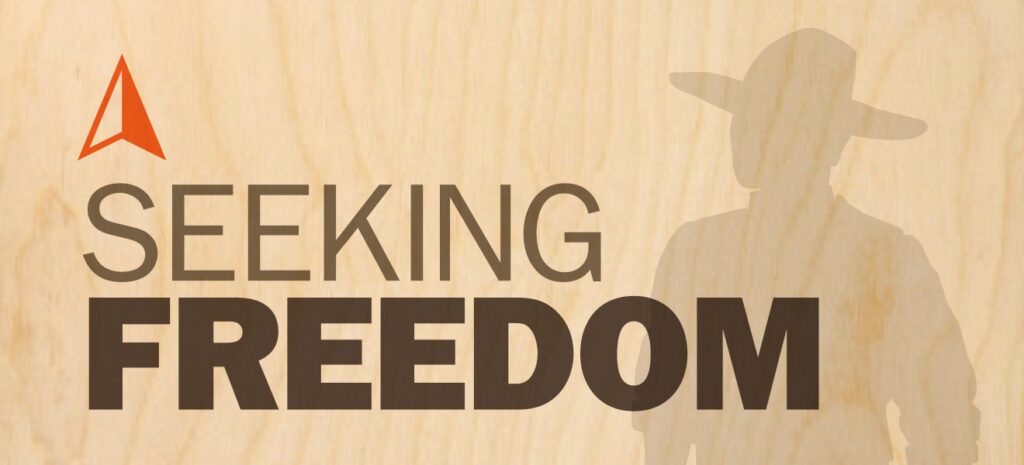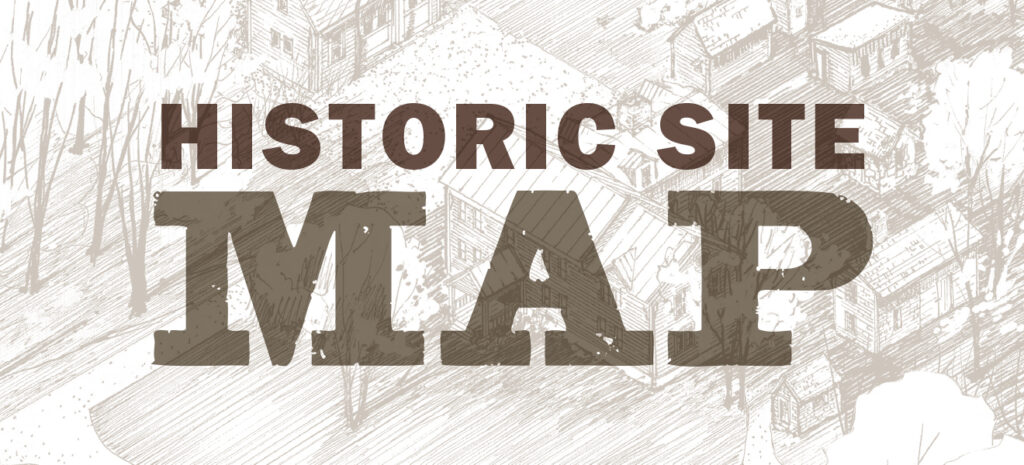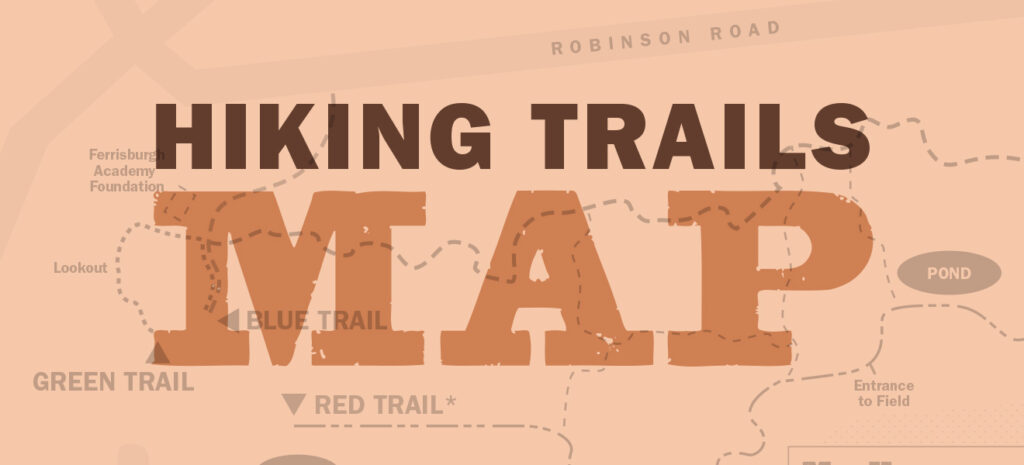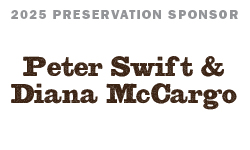COVID-19 and Systemic Racism in the U.S.
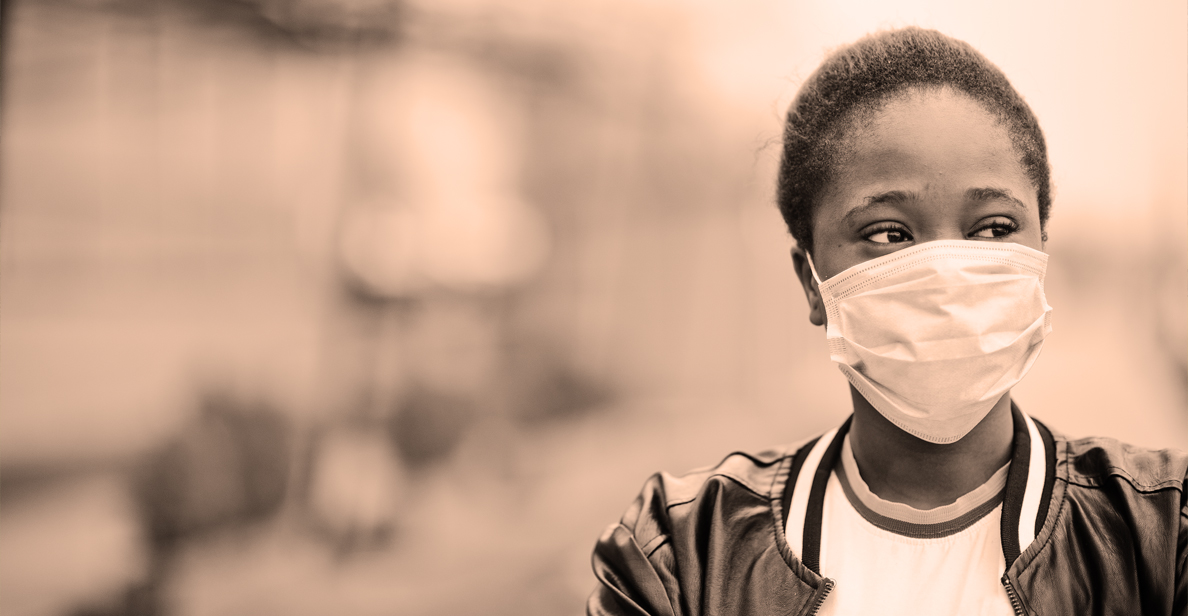
by Richard Bernstein, M.D., Rokeby Museum Trustee
“A common danger unites even the bitterest of enemies,” said the philosopher Aristotle. However, the COVID-19 pandemic has exposed fault lines that separate people of color and whites, and it continues to shine a light on the terrible effect that white supremacy and structural racism have had historically in America.
COVID Emerges, and with It, Disparities
Although the first known case in the U.S. was January 20, 2020, the COVID-19 pandemic didn’t make it into national news until early February. Several weeks later, on March 27, five U.S. lawmakers (Sens. Harris, Brooker, Warren, Pressley, and Rep. Kelly) pressed the agency of Health and Human Services to release available data on the racial disparity of infection and death rates in the country. The American Medical Association followed with their demand for release of racial data on April 3. The data showed that 30% of COVID-19 cases occurred among African Americans, who make up about 13% of the population. In some places the incidence was even higher: In Louisiana, 70% of victims were African Americans; in Alabama, 44%; in Milwaukee, 39%.
This disparity shocked no one, especially Dr. Uché Blackstock, a physician working in Brooklyn. Speaking on Public Radio’s Science Friday, Dr. Blackstock noted that staff were being pulled from immediate-care health centers in the white sections of the New York borough, where they were underutilized, and transferred to the health centers in the black sections which were seeing a huge increase in the new illness.
Why Racial Disparity?
The reasons for the racial disparity in the COVID-19 pandemic have been studied and published. On average, African Americans live in poorer circumstances than their white counterparts. In major cities, 34% of blacks use public transportation, mainly for work, vs. 14% of whites, and a preponderance of bus drivers and subway workers are African American. Blacks make up a large percentage of other “essential workers” that include nurses and other health care attendants, grocery store clerks and stockers, and sanitation workers. Fewer black workers have been able to work from home and thus must face the public where they are more at risk to contract the virus. Jobs in food processing and manufacturing industries require close contact with co-workers. Low-wage jobs come with no sick leave, forcing many to come to work even when symptomatic. What’s more, lack of adequate health insurance impedes access to prompt medical care.
Housing plays a part in the racial disparity of COVID-19: 44% of blacks own their own homes, whereas 74% of whites do. Rental housing is often cramped, with several generations living together in one unit. Much of the rental housing in large cities is substandard and difficult to sanitize. Social distancing is nearly impossible to accomplish.
Those suffering from chronic diseases such as asthma, hypertension, and heart disease are more vulnerable to COVID-19. Often linked to obesity, diabetes strikes 30% of blacks overall, but only 18% of whites. A larger percentage of African Americans than white Americans are obese (47% vs 36%).
These statistics have led to the first dangerous counternarrative in the COVID-19 crisis. This narrative holds that COVID-19 infection and death are largely a result of behavioral failings, and that if African Americans would only eat less, exercise more, smoke less, and adopt healthier life styles, there would not be as much of the infection in their communities.
And this brings us to the more important reason for the racial disparity in the incidence of COVID-19 infections and death — the awful persistence, if not increasing emergence, of racism and structural racism in this country.
Racism, according to Merriam Webster, is a belief that race is the primary determinant of human traits and capacities and that racial differences produce an inherent superiority of a particular race. This belief is particular to individuals. Structural racism, however, is enshrined in policy at all levels of government and has been since the beginning of American history. It is the public policies and institutional practices that perpetuate racial group inequity in ways that have allowed privileges associated with “whiteness” and disadvantages associated with “color.”
COVID-19 Spreads, and Disproportionate Death Rates Emerge
As soon as it became clear that COVID-19 struck with greater ferocity and greater frequency among people in the African American community, the federal and some state governments, rather than working to roll out measures to protect those most vulnerable to the new infection, began to steer a new course. According to Linda Villarosa [New York Times Magazine, April 29, 2020], “… like clockwork, after cities with sizable populations of black people began to report large numbers of COVID-19 infections at the beginning of April and statistics showed disproportionate death rates for African Americans, a second counternarrative began to arise: The national, state and municipal shutdowns were too draconian; the coronavirus pandemic was not as much of a threat — at least, not to all Americans — as had been argued. A smattering of demonstrations broke out the week of April 13 as protesters gathered in a handful of states to push back against stay-at-home orders.”
Root Causes in Systemic Racism
Sunjayta Gupta wrote in a recent article in Science News, “African Americans’ risk of higher exposure to COVID-19 has historical roots — including legal segregation in schools and housing, discrimination in the labor market, and redlining, the practice of denying home loans to those living in predominantly African American neighborhoods. Those forces have contributed to a persistent racial wealth gap, with African Americans continuing to struggle to move into neighborhoods with the sorts of socioeconomic opportunities that allow white families to better avoid exposure to COVID-19.”
While housing discrimination has forced generations of African Americans into dense, poorer neighborhoods it has denied them convenient access to amenities like supermarkets. In poorer neighborhoods, described as “food deserts” by Michelle Obama, residents buy food from convenience stores and bodegas that don’t sell fresh, healthy produce and protein. Compounding the burden of chronic disease aggravated by poor diet, residents in these neighborhoods are often far from good medical facilities. Even if they could afford the transportation to predominantly white hospitals, many living near the poverty level are uninsured and could not afford the medical care. Preventative care, provided to wealthier populations, is a low priority for those focused primarily on survival.
The flawed idea that the black body is somehow different and inferior to the white body is a long and persistent thread in the tapestry of American racism. Evelynn Hammond, Chair of Harvard University’s Department of the History of Science, related in a New Yorker interview how the success of Union soldiers in 1863 led to a parade of newly freed slaves following the troops as they left the plantations. Ill-clothed, ill-fed, lacking proper shelter, the refugees were particularly susceptible to smallpox when the disease broke out. A smallpox vaccine and treatment existed at the time, but these were not made available to the black refugees, and they died in great numbers. Some white newspapers at the time said that this is what freedom had brought to the slaves and that the disease proved that they were not fit for freedom.
Despite scientific evidence to the contrary, the false belief of genetic variance from white standards continues to the present, along with the tendency to blame the victims for suffering endured under the structures that oppress them or effectively exclude them from adequate treatment opportunities.
And it is likely that continued exposure to the stress of racism and prejudice has detrimental effects on health as well. Living and working under poor conditions and with the every-day stress of inequality and fear, many people of color suffer disproportionately from what Dr. Arlene Geronimus calls “chronic and toxic stress.” (New Yorker, April 7, 2020) She contends that this leads to “weathering” or accelerated aging and plays a large role in various chronic diseases such as diabetes, hypertension, and heart disease.
Racism and prejudice can take many forms. Currently, the three counties in Georgia with the highest incidence of COVID-19 — with death rates per thousand higher than New York City — are Early (49.6% African American) Randolph, and Terrell counties (both 62% African American). All are in the so-called “Black Belt,” a sparsely populated portion of the state where once stood the largest cotton plantations and which in more recent times has seen suppression of black voters.
Georgia as a whole is one of the states that refuses the Medicaid expansion provision of the Affordable Care Act. The fact that the high death rates include many of the poor whites in Early County is noteworthy, and likely did not escape the attention of Ta-Nehisi Coates. In an interview with MSNBC’s Chris Hayes in April 2020, Coates noted that racism is so deeply ingrained in some areas of the country that whites avoid measures that would help the community as a whole because they would also help blacks.
Looking Back and Going Forward
COVID-19 is not the first pandemic this country has endured. Rachel Robinson Elmer (1878–1917), great granddaughter of the first Robinsons to inhabit the site of the Rokeby Museum National Historic Site in Ferrisburgh, VT, was an artist living in New York City when she contracted the flu in 1919 and died at age 40. The 1918 flu killed 625,000 Americans at a time when the population was a third of what it is now. The 1968 Pandemic (H3N2 virus) killed 100,000 in the United States.
COVID-19, however, seems more disruptive than either of those because its impact is not just the high and growing number of dead. This disease has held a mirror up to our society, and we do not like what we see. The social order seems to be fracturing, and, looking closely, many have begun to see that the social compact that we rely on and celebrate as the underpinning of a just society has been a mirage all along, at least for a sizable percentage of our neighbors and fellow citizens. To those directly affected by it, racism has not been subtle nor hidden, but the Corona virus has pulled back the curtain on the various forms of racial injustice and brought them out to the light for all to see. For this we may come to be thankful in time.
Rowland Thomas Robinson (1796–1879), son of Rokeby’s original settler, and his wife, Rachel Gilpin (1799–1862), returned to Vermont from a Quaker boarding school in New York to become founders of the Ferrisburgh Antislavery Society and the Vermont Antislavery Society in 1833. They corresponded with other abolitionists, refused to eat imported sugar or wear cotton clothing, and they harbored freedom-seeking refugees from slavery. Their life’s work, the ending of slavery, may have been accomplished with the Emancipation Proclamation, the end of the Civil War, and the 14th Amendment to the Constitution. But now, nearly 150 years later, we can see that the task is not yet done. There will need to be much healing of our society — and there is much work to be done — once COVID-19 passes.
Rowland Thomas Robinson recognized the work to be done when he wrote in 1839: “We are bound to confess our great delinquency in the fulfillment of duty to our brethren groaning in bondage, being sensible that were we fully to sympathize with them in their wretchedness, our sacrifices on their behalf would be more abundant, our labors more unceasing, and our patience and perseverance more unfailing.”
What can you do to join the struggle for social justice?
As a stanch to despair, here are some links to explore:
- 75 Things White People Can Do for Racial Justice. This website, with a self-explanatory title, offers a comprehensive list of local political actions and organizations to consider.
- Join an organization dedicated to fighting racism and promoting social justice:
Black Lives Matter
NAACP
SPLC (Southern Poverty Law Center) - For those moved to action, Showing Up for Racial Justice has chapters in Middlebury and other parts of Vermont.
- SURJ also has list of activist black-led organizations
- Finally in a recent article, Rev. Dr. Arnold Isidore Thomas, pastor of Good Shepherd Lutheran Church in Jericho, Vermont, and moderator of the Racism in America Forums, discusses the ongoing problem of racism in America and offers ways to become move involved and aware locally.
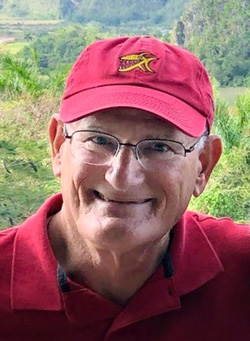
Richard Bernstein, M.D., is a family physician, practicing in Charlotte until his retirement in 2013. During his active years, he came to see the art of medicine as a communication between two people. The secret of success in the healing encounter was based on the ability to see the other as a person, an equal, to listen fully, and to communicate without pre-judgement. Upon retirement, he joined the staff of Rokeby Museum as a volunteer guide, then as a member of the board of trustees. He embraces the social justice mission of the museum as a continuation of his medical work.
 Rokeby Museum
Rokeby Museum

